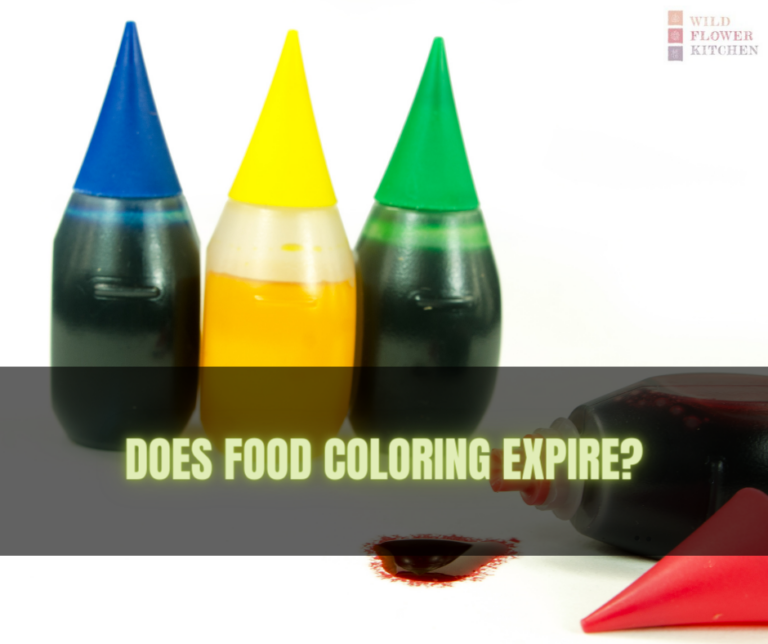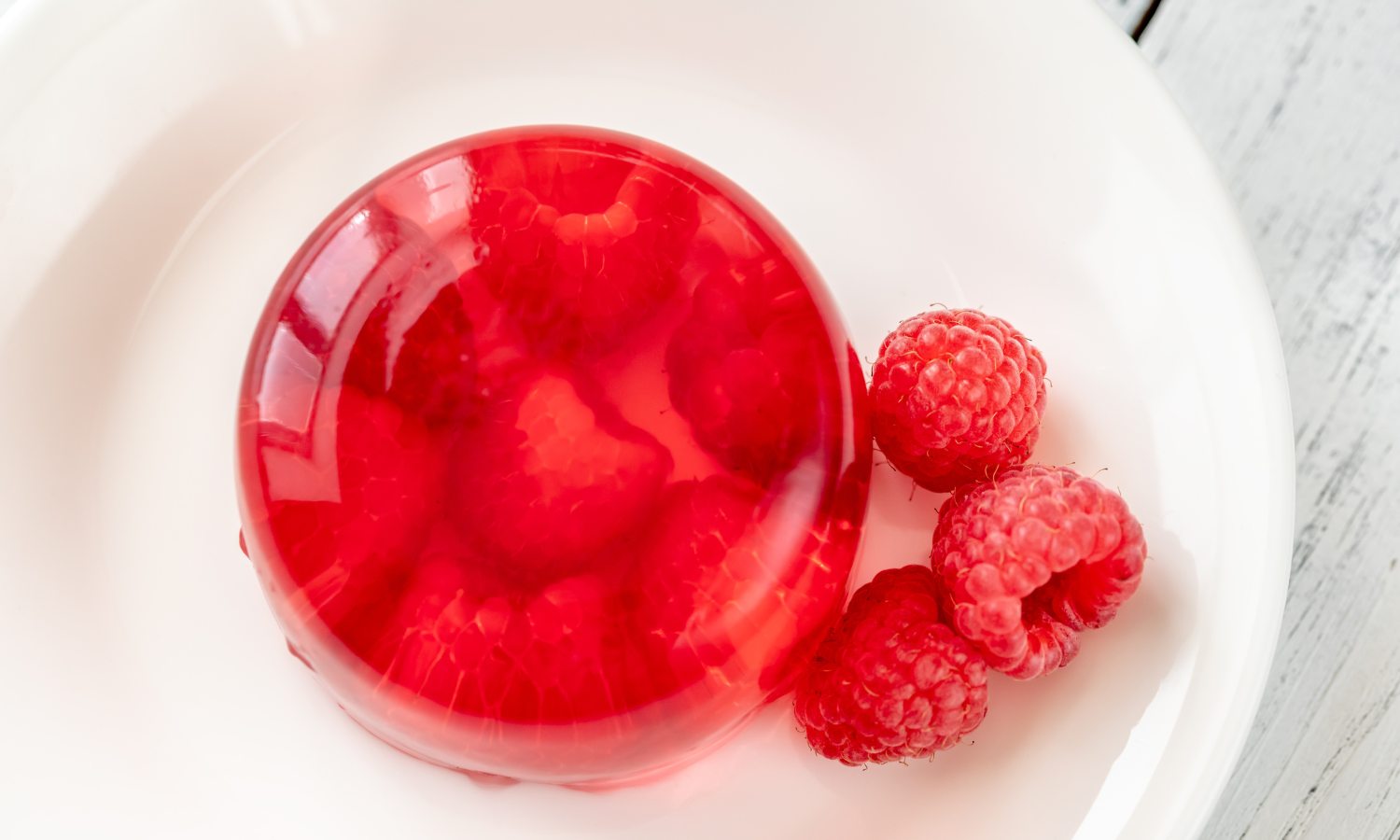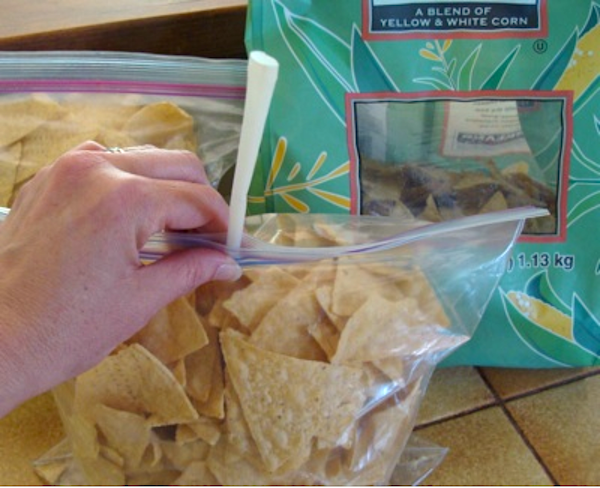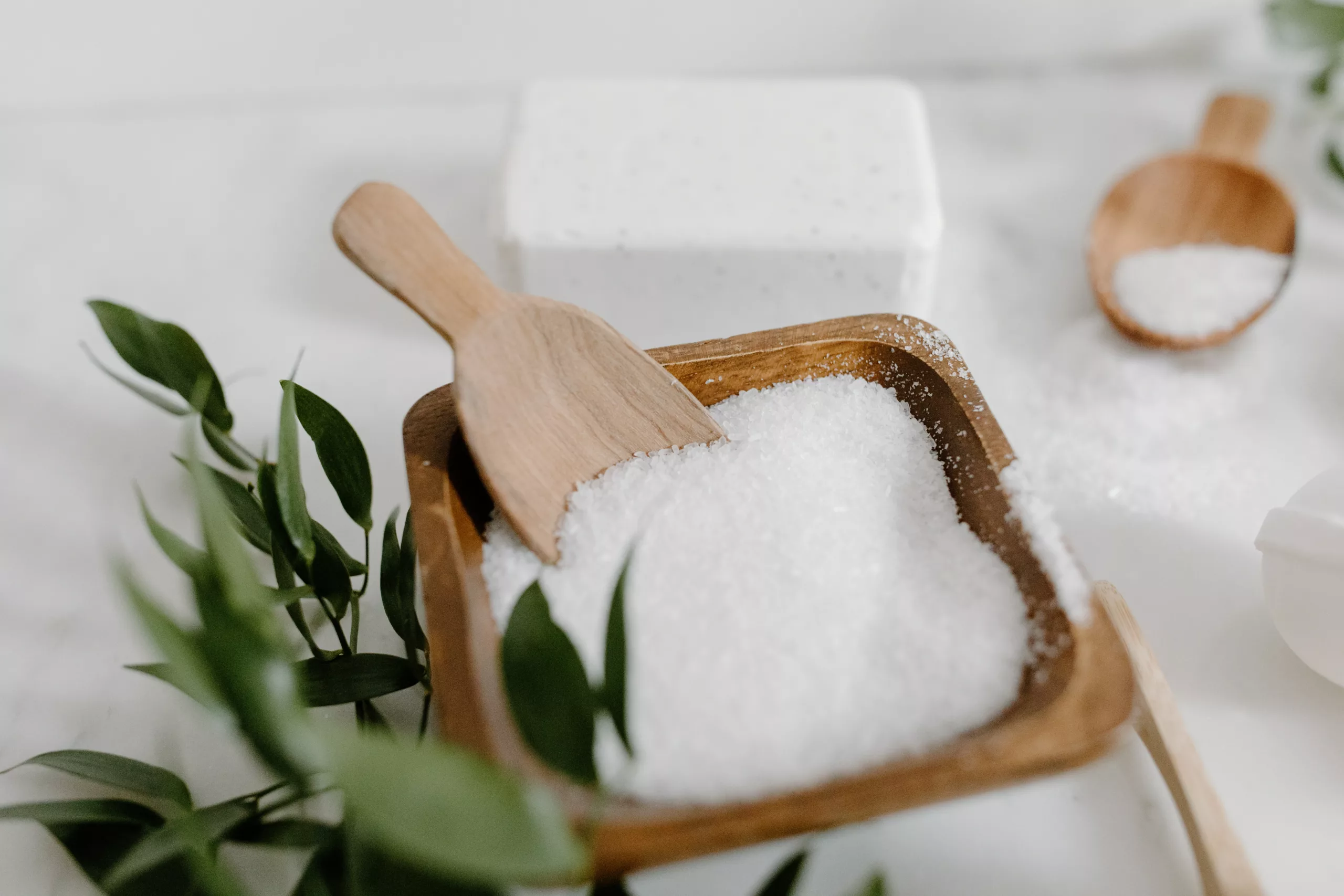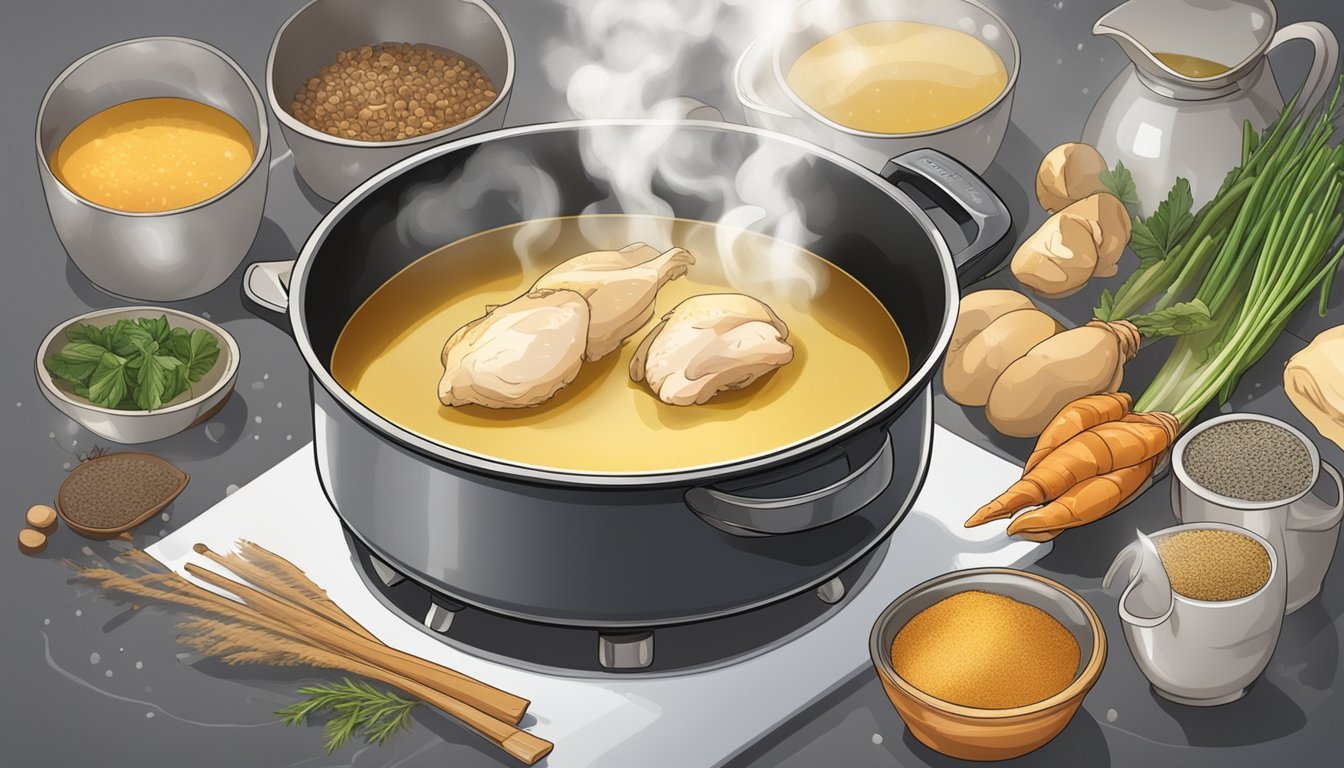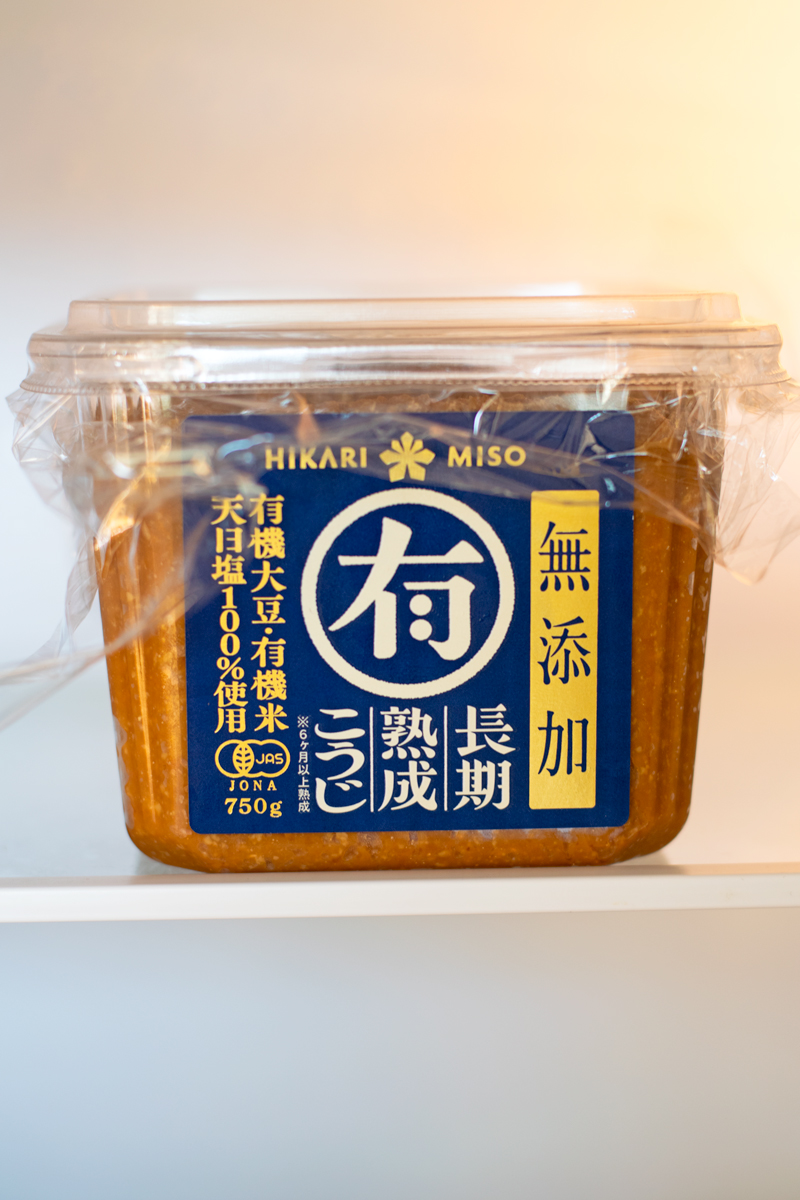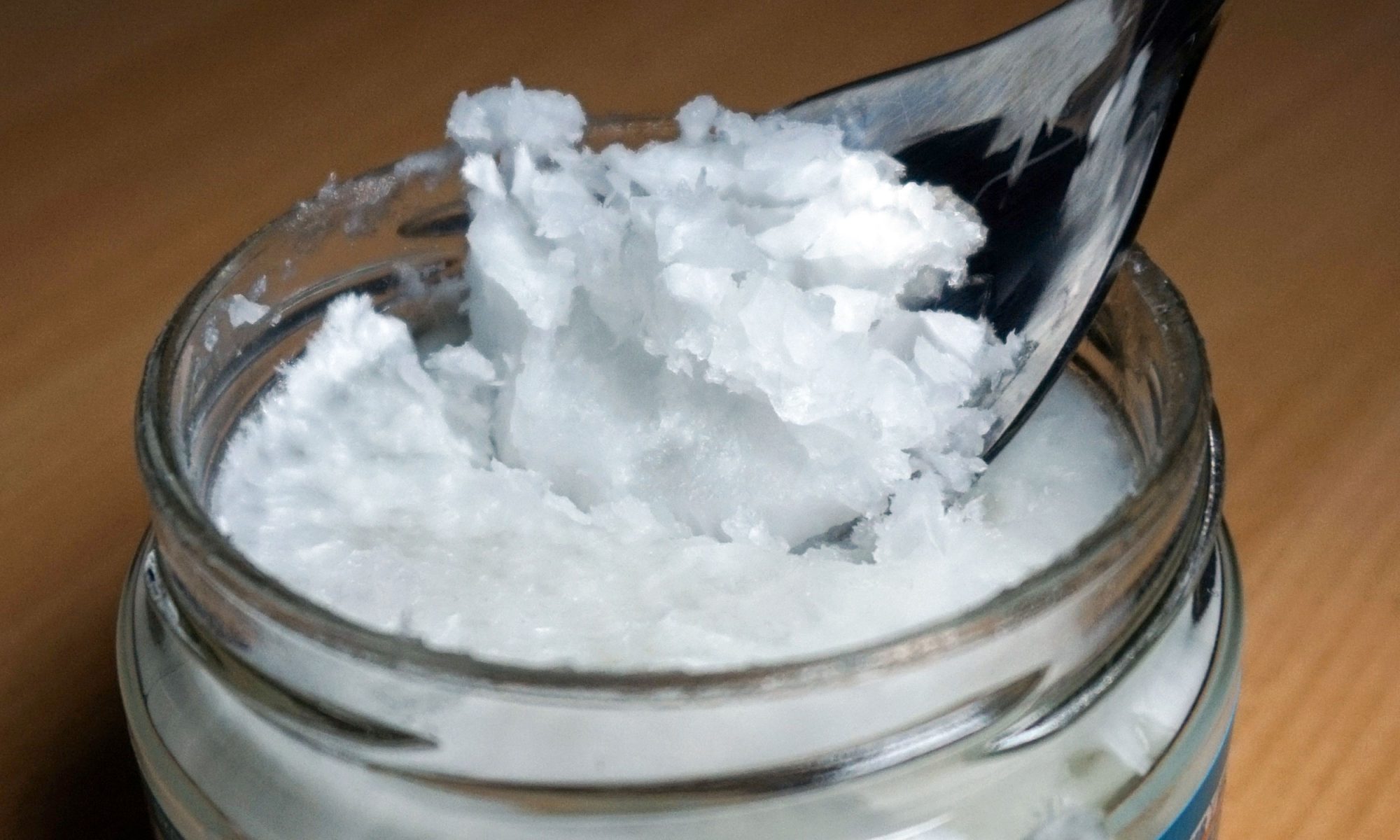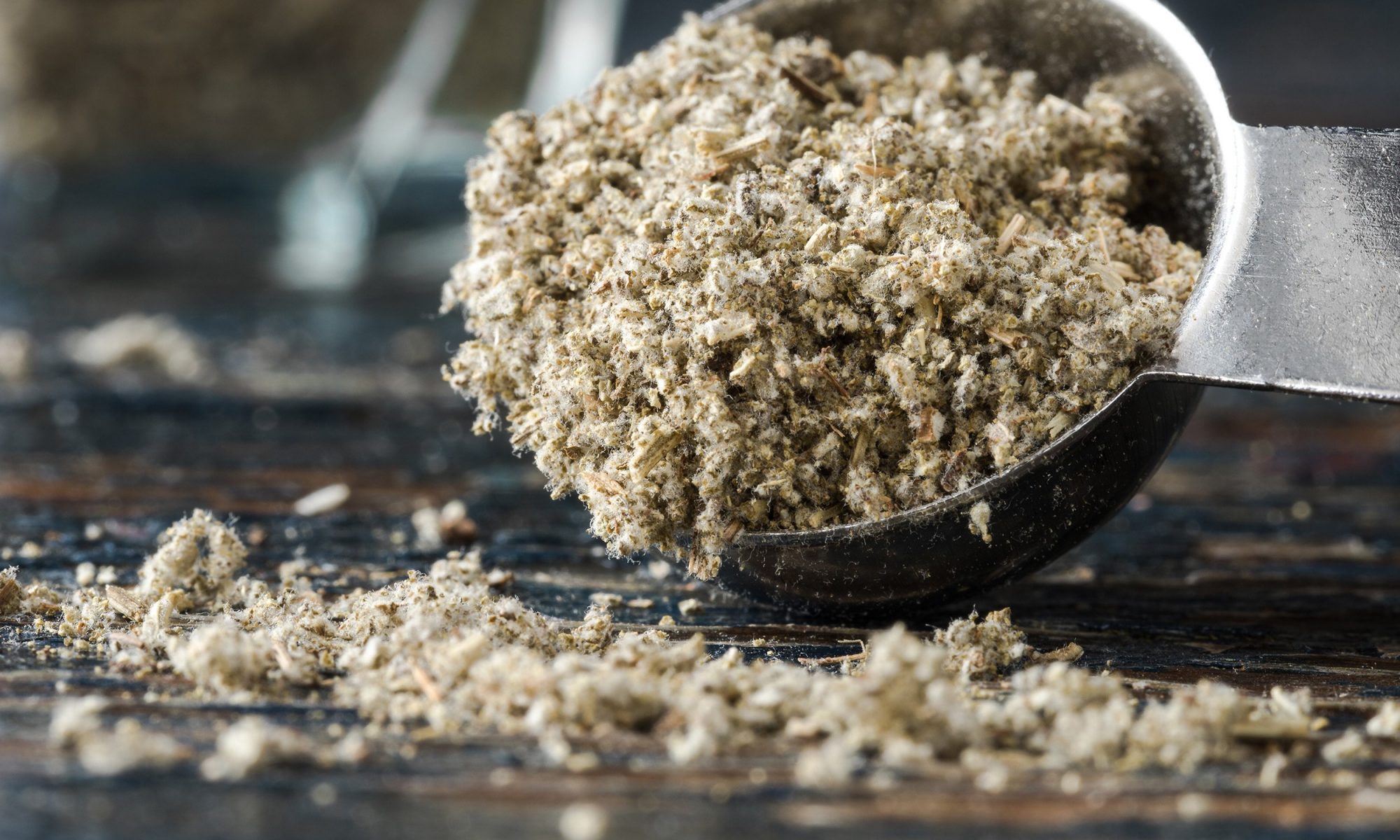Does food coloring expire? All you need to know
– Food coloring does not expire if properly stored
– Liquid food coloring can last indefinitely if sealed tightly after each use
– Gel food coloring can harden or dry out if not stored properly
– Adding hot water may revive dried or hardened food coloring, but if color has changed, throw it away
– Liquid gel food coloring can expire if it dries out, hardens, or shows signs of contamination or mold
– Powdered food coloring can last indefinitely if stored properly and kept safe from contamination and mold
– Paste-based food coloring may dry out or change color with age
– Homemade food coloring made from natural ingredients lasts about 2 weeks in the fridge
– Store food coloring properly after each use to ensure longevity
– Moldy food coloring should be thrown away
– Liquid food coloring is best for small-batch baking and cooking, while paste or gel food coloring is more intense and suitable for larger batches
– Powdered food coloring is ideal for items that need to stay dry
– Following proper storage steps will ensure food coloring lasts long-term
– Food coloring does not become unsafe to consume, but it can lose intensity and quality over time
– Store food coloring in a cool, dry place away from sunlight
– Food coloring is an artificial color added to food and drinks to enhance appearance and natural color
– Shelf life of food coloring is almost indefinite, as it does not contain raw ingredients that can go bad
– Food coloring bottles may have expiration dates for labeling purposes, but the product can still be used after the date
– Improperly sealed food coloring may go bad due to dust and contaminants
– Changes in color and consistency can indicate that food coloring has gone bad
– Adding hot water and shaking the bottle can help restore liquid food coloring
– Homemade food coloring from natural products may have a shorter shelf life of up to 6 weeks when refrigerated
– Store-bought food coloring does not expire and can last for an extended period if stored correctly
– Properly seal food coloring in airtight containers in a cool, dark place like a pantry or fridge.
